Why Officite is a Bad Choice for Podiatrist Marketing
Officite is the 800lb gorilla in the room when it comes to podiatrist website design and podiatrist marketing. They’ve captured an IMMENSE amount of market share because they offer extremely competitive prices for SEO, hosting, and website design. In fact, if you do a google search for a podiatrist or dentist near you, chances are at least one of the websites that shows up is an Officite website.
Must mean they do a great job in website design and search engine optimization for their clients, right? Wrong.
I have to admit that I think Officite does a great job in visuals, particularly in their own advertising design, which goes a long way to making people feel confident in their marketing ability. Officite makes lovely template-based websites that are somewhat affordable and have a proprietary back-end to manage the website. Web designers scoff at the use of templates, but honestly, I think they’re cost effective and a great tool. There’s nothing wrong with duplicating the look/feel of a website, but there is something hugely wrong in duplicating content. For the sake of this article, I’ll be focusing on discussing how their duplicate content is a potential problem for Officite website owners, but I’d also like to point out these flaws for anyone considering their service:
- inability to add microdata to your website
- inability to add basic code implementation like Google Analytics code
- inability to embed a online videos on a webpage or blog post
- inability to include a survey in a blog post or create call-to-action features to capture potential patient data
- many of their websites aren’t “mobile friendly”, which will cause ranking issues in 2015
- many of their mobile sites don’t show a link to their blog (and in the past, blogs shared on social media website couldn’t be accessed on mobile devices- a major problem that showed a fundamental lack of understanding of how strong the mobile market is)
Additionally, because you’re locked into Officite’s website management system, you’re limited in how you can present key indicators to Google that will get you noticed and ranked.
Before I get started in earnest, a disclaimer: all views are based on current (March 2015) evidence, which will be presented in this article, and the current (March 2015) state of search engine optimization in regards to ranking within Google searches.
Officite Website Full of Duplicate Content
One of the biggest drivers within search engine optimization (SEO) is creation of unique content. Google sees a certain amount of inherent value in unique content- in a world of regurgitated news spread across websites, social media, and blogs, unique content stands out. Likewise, because Google has a keen interest in presenting the best possible search results, they have adapted their search algorithm to take into account duplicate content and sort of ‘devalue’ or ignore it.
Why is that important?
- As a google searcher, you’re going to be presented with the website with the most valuable content- meaning, if two websites have the same exact content, the one that ranks higher will be the one that has better engagement (and likely a better website user experience) and other signals crucial to ranking.
- As a website owner, if you’re investing in creating content or having someone create it for you, you’re doing it with the assumption that it will help you. Duplicate content does NOT.
There are two kinds of duplicate content, onsite (on your own website) and offsite (on someone else’s website). Both are problematic, in different ways- and both are abundant in Officite podiatrist websites. For the sake of this article, we’re only going to focus on offsite duplicate content.
Officite Offsite Duplicate Content
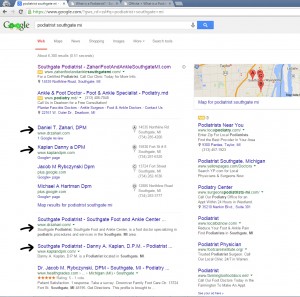
Click to enlarge view
For the purposes of a demonstration, I did a simple Google search for “podiatrist southgate mi” while in incognito made in my Chrome browser. My results showed two podiatrist websites ranking within Google Local results & within the top 2 results for organic (the black arrows are pointing at both Local results & organic). I clicked on both and they were Officite created/managed podiatrist websites. Important to note: the competitors in that area do not have websites, and thus the two Officite websites do not have any competition in that local area to benchmark against.
As with all Officite websites, they were clearly template based. One, the website of Dr. Zahari, was far more aesthetically pleasing than Dr. Kaplan’s website. Still, I find nothing wrong with the appearances, even though I’ve seen both of these templates countless times when Officite customers come to us for SEO work. Both websites load fast, both are clean, and both have a relatively unique home page.
The trouble begins when I look at pages other than their home and contact page. For instance, while on Dr. Kaplan’s home page, I clicked on “What is Podiatry?“. The resulting page seems simple and informative. I then navigated to Dr. Zahari’s website, and found a similarly named page “What is a Podiatrist?“. There’s a slight difference between the content of two pages: Dr. Kaplan’s, as a newer Officite website for podiatrists, lists the updated figure for the number of practicing podiatrists.
See for yourself in the screenshots I took today, March 17th 2015, posted below (click to enlarge).
Evidence of Offsite Duplicate Content Across Hundreds of Podiatrist Websites
The cases above aren’t isolated. In fact, if you take that first sentence on either of the example pages, copy it, and plug it into a Google search within quotation marks, you’ll return 271 results. That’s a whole lot of duplicate content for just ONE sentence search. I personally find it interesting that the top 3 results are websites that appear to be created or managed by companies other than Officite (no Officite branding or links, lack of “patient education” articles)- this is likely due to SEO work performed to improve the website, as a quick check of the page age for all 3 shows that they weren’t the origin of the sentence.
Google’s explanation of duplicate content is:
“Duplicate content generally refers to substantive blocks of content within or across domains that either completely match other content or are appreciably similar.”
“In some cases, content is deliberately duplicated across domains in an attempt to manipulate search engine rankings or win more traffic. Deceptive practices like this can result in a poor user experience, when a visitor sees substantially the same content repeated within a set of search results.“
“Google tries hard to index and show pages with distinct information. In the rare cases in which Google perceives that duplicate content may be shown with intent to manipulate our rankings and deceive our users, we’ll also make appropriate adjustments in the indexing and ranking of the sites involved. As a result, the ranking of the site may suffer, or the site might be removed entirely from the Google index, in which case it will no longer appear in search results.”
You can find this information at the following link: Google Webmaster Central. Even better, listen to Matt Cutts from Google speak about the issue of duplicate content:
Spinweb sums up another Matt Cutts video on duplicate content:
So how do you know if you should worry about duplicate content? Basically, just look at the purpose of the content. If there is a legitimate business reason for your content to appear in more than one place, you should be fine. The example that Matt gives us in the video above is the situation in which a standard terms and conditions blog needs to appear on multiple pages.
However, if your content is duplicated solely for the purpose of getting indexed or filling up search results, then you might need to worry.
Again, what does this all mean for Officite website owners? Google’s algorithm strives to rank one source of the content, typically favoring based on:
- The original page that the content first appeared on, when able to determine
- The ‘most popular’ page, with the highest engagement and credibility/ranking factors
This consolidation prevents redundant search results based on the same wording, when possible. If you think back to our original example of 2 podiatrists in Southgate, MI, you’ll remember that they had duplicate content, and neither was penalized. Why? Because Google wants to return the best results for every search- and in the case of an area where both podiatrists with websites have duplicate content issues and no other podiatrist website competition, they would be remiss if they DIDN’T show both.
So, Why is Officite a Bad Choice for Podiatrist Marketing?
Simple: because you’re getting websites full of duplicate content that is either useless filler or will work against you. Plugging in duplicate content into your website design is lazy & potentially hazardous, and your website & marketing budget would be better spent elsewhere.
Again, let’s look at the evidence based on a quick search I did earlier today. An analysis of Dr. Kaplan’s webpage in Copyscape (a plagiarism checking tool) shows many instances of duplicate offsite content. Likewise, running the text from that same page through SmallSEOtools shows that there is 0% unique content. I’ve included screenshots below, click to enlarge for viewing.
Honestly, I love the design of some of the templates Officite uses. However, it’s my opinion that when they include all this junk text and call it a feature (usually billed as ‘Patient Education’ pages included on their website design packages), it’s completely disingenuous. Couple this duplicate offsite content issue with a laundry list of other issues:
- the inability to add microdata to your website (not supported)
- the lack of control over basic code implementation like Google Analytics code (you must submit a support case with the code and wait for them to implement)
- the inability to embed an online video on a webpage or blog post (you must submit a support case with the code and wait for them to add it in an iframe)
- the general lack of control to do cool things, like include a survey in a blog post or create call-to-action features to capture potential patient data
What Should You Do if You Have an Officite Website?
First, test for yourself. Run your ‘patient education’ pages through Copyscape, and maybe even use their Siteliner site to analyze your website further. Grab text from your website and copy/paste it into SmallSEOtools or any other plagiarism checker. I guarantee you have large amounts of duplicate content, both onsite and offsite, unless you’ve worked with an outside healthcare marketing agency like PRM.
When you see that duplicate content, decide whether you want to stay the course and hope that your local competition doesn’t get an Officite website and find a way to outrank you, or if you’re ready to invest in smart local search marketing. Invest in a strategy to develop your Google Local profile, like this podiatrist in Southfield MI. You don’t need to abandon your website, but you SHOULD consider working with a company that knows how to make your website bulletproof to competitor marketing & Google algorithm changes.
Interested in talking to us about your podiatry marketing? Contact us today!

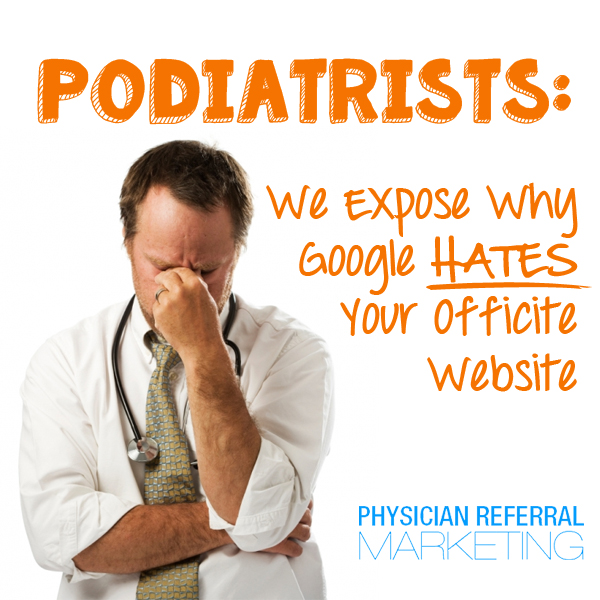
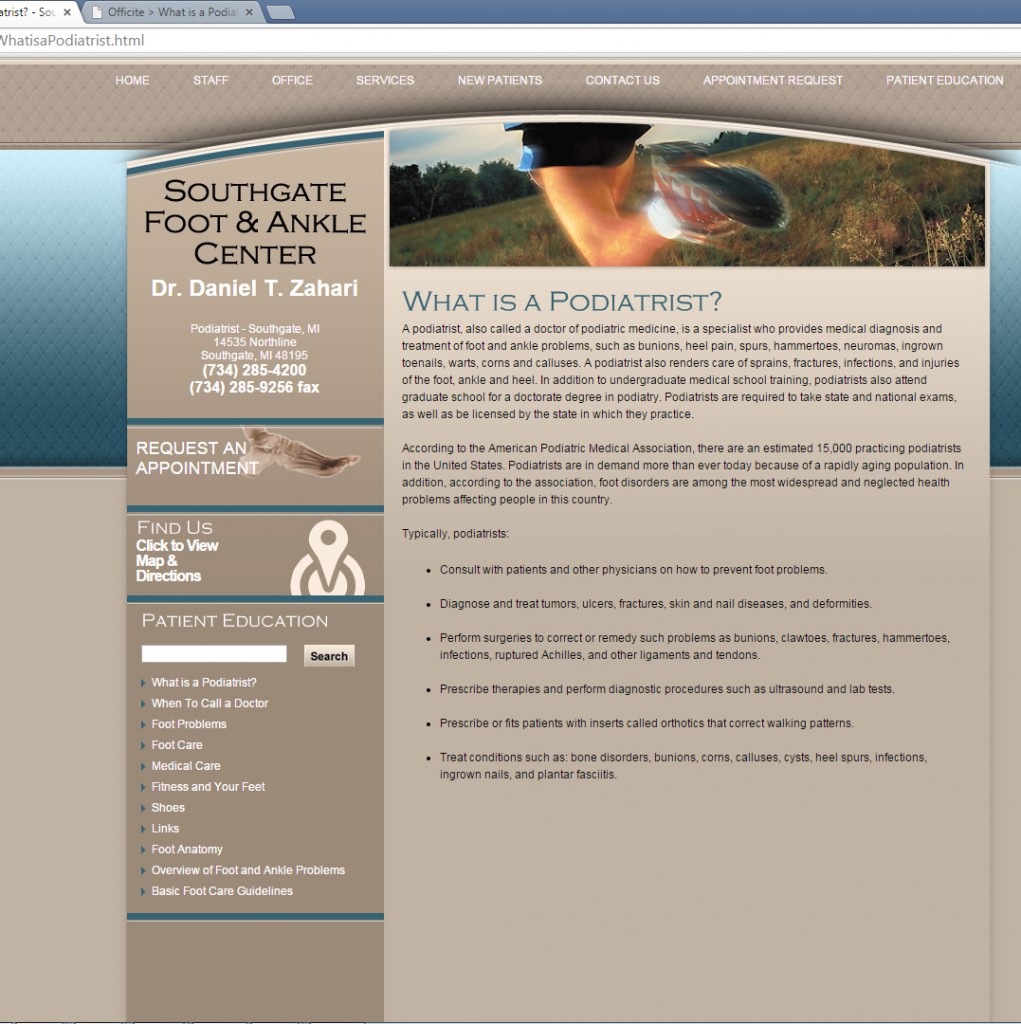
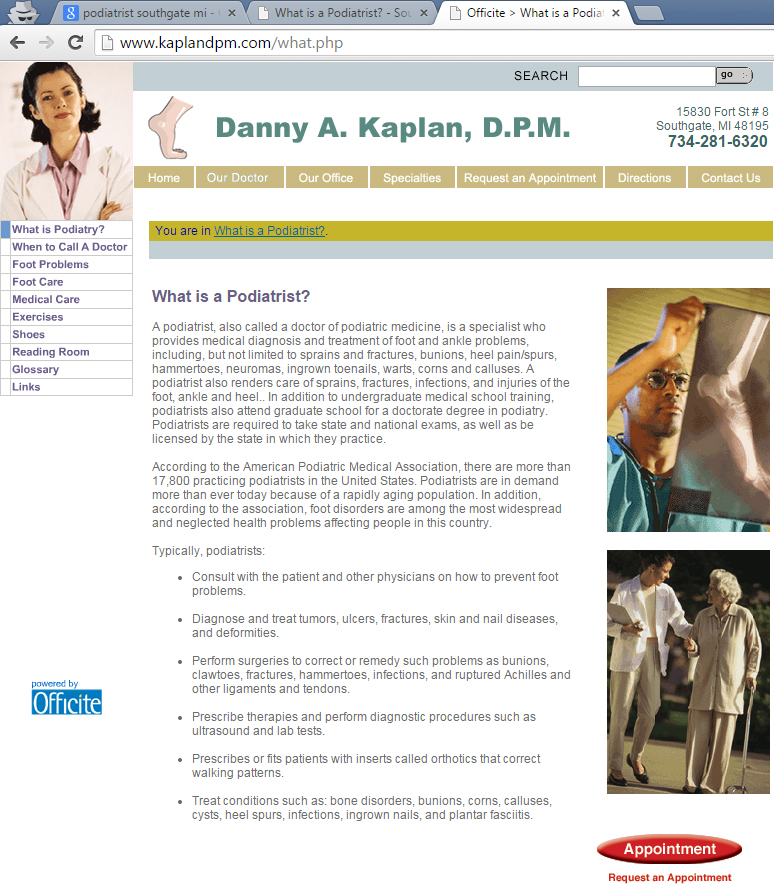
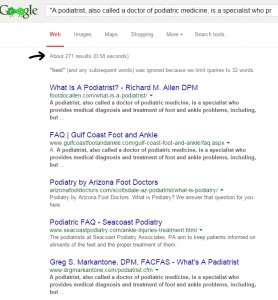
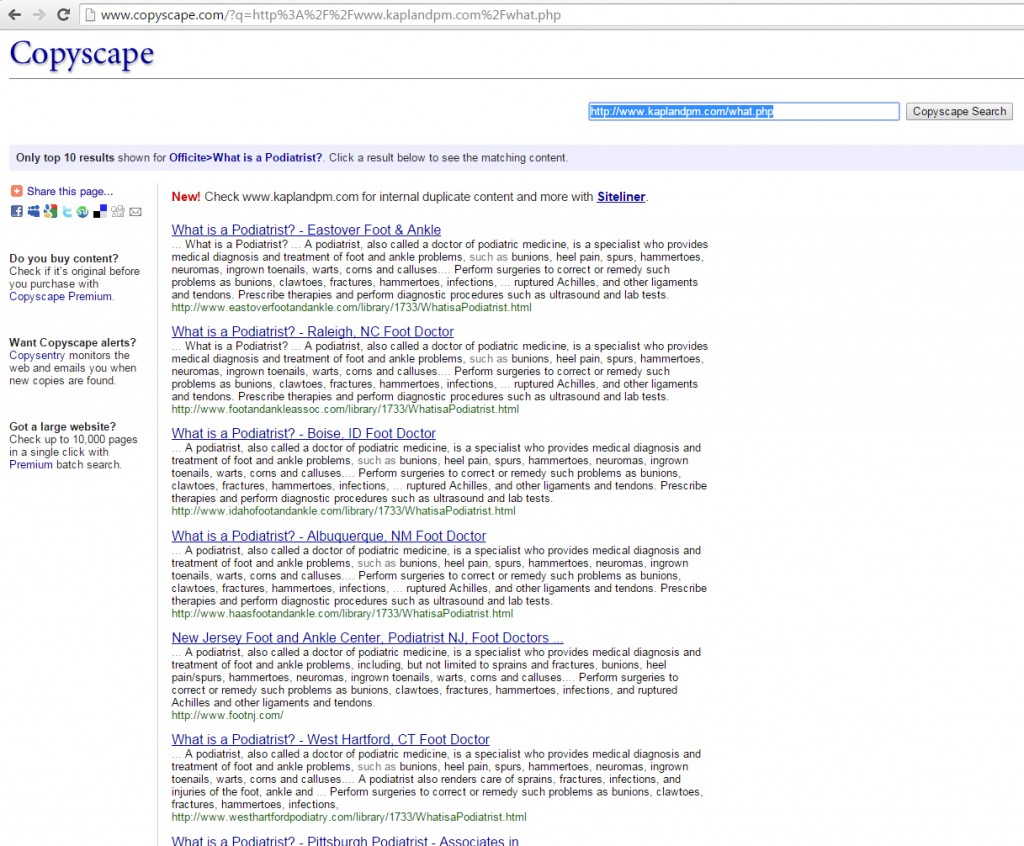
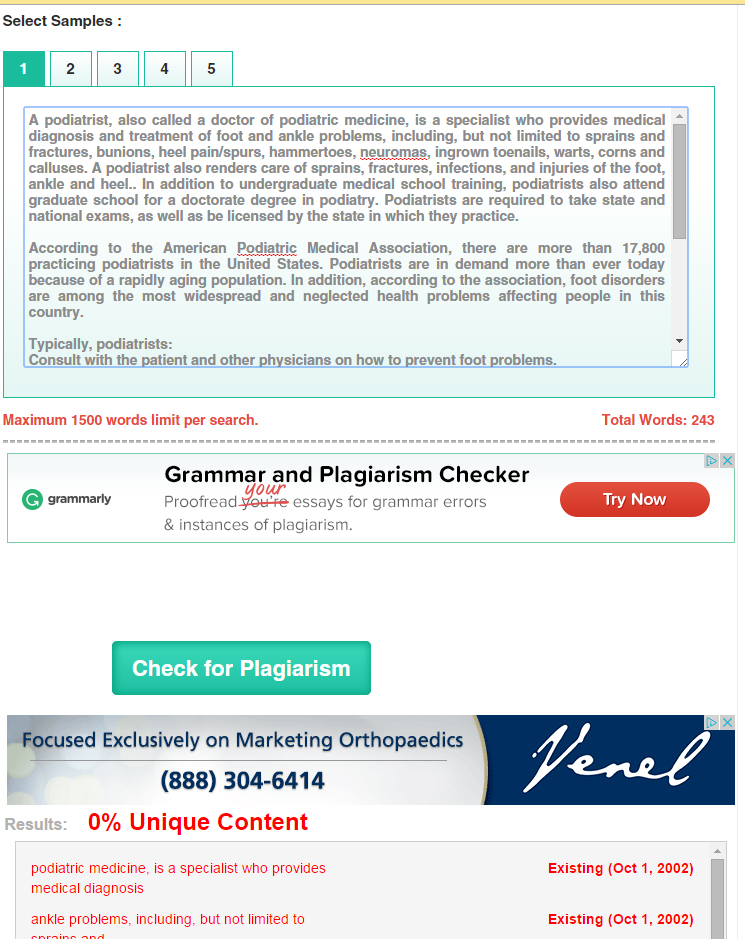
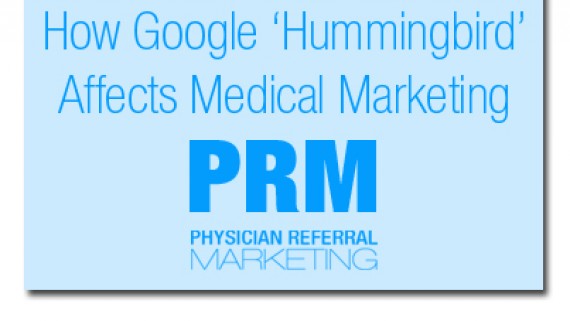
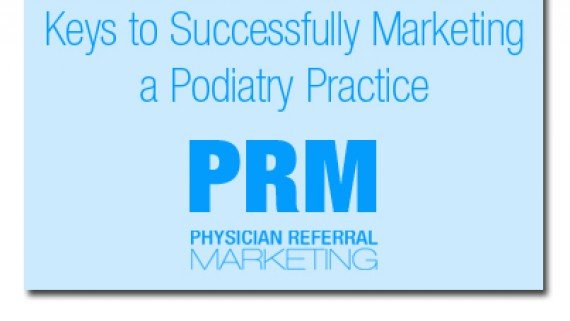

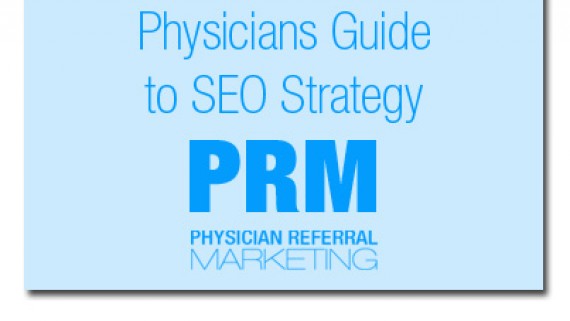
This should be illegal!! I got suckered by these people for months, and no results!! Now I know why!
Converted over to a PRM client and loving it! It’s a shame that we get told that officite is reputable, only to find out that they don’t do half of what they promise.